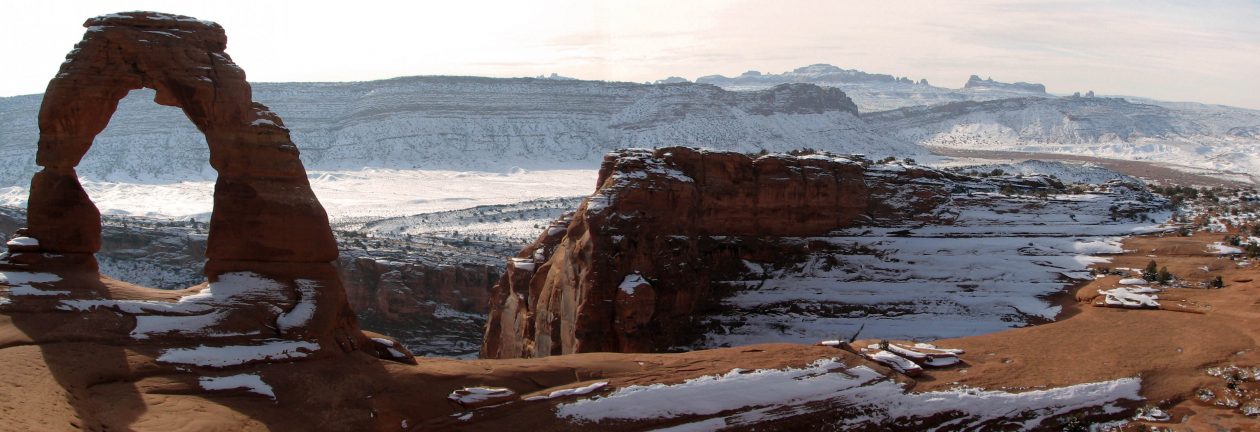Nairobi, Kenya
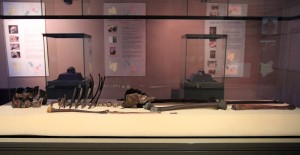
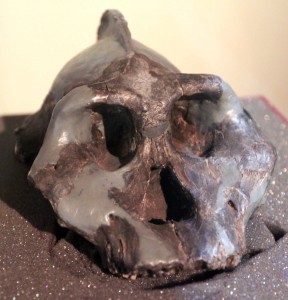
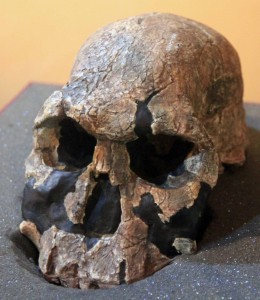
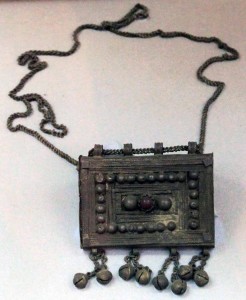
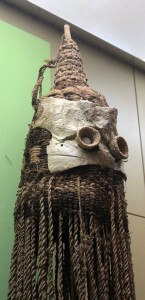
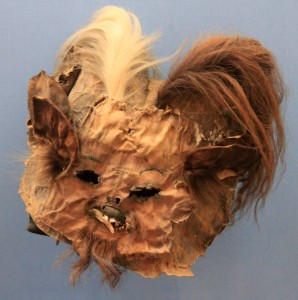
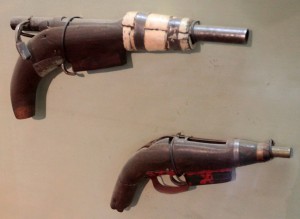
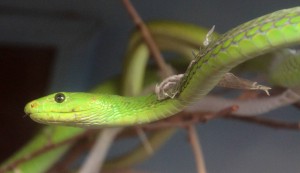
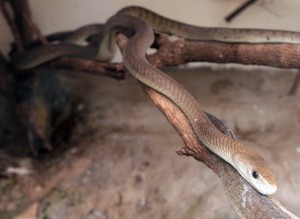

I woke up today, got ready, had two cups of coffee, and had a taxi come pick me up. I then rode the taxi to the Nairobi National Museum. After entering the museum and purchasing my entrance ticket, I walked in to see the exhibits. First, I explored the natural history section that had many stuffed animals on display, all natives to Kenya; this enabled me to finally see a leopard up close (hooray!) as well as many unique animals I would’ve never seen in the wild (such as a honey badger, civet, potto, caracal, etc.). Next, I walked inside the exhibit on human evolution; this is arguably the main attraction in this museum due to having some of the best preserved early hominid fossils (found here in Kenya); there was a 2.5 million year old skull of a Paranthropus aethiopicus, a 1.9 million year old skull of Homo rudolfensis, a 1.9 million year old skull of Homo habilis, a 1.75 million year old skull of Homo erectus, 1.7 million year old skull of Paranthropus boisei, and a 1.6 million year old (nearly complete) skeleton of Homo erectus (known as “Turkana Boy”). After looking at the remains of our human ancestors, as well as evolutionary divergent species not in our ancestry tree (such as Paranthropus aethiopicus and Paranthropus boisei), I walked to the large collection of birds that the museum houses; it looks like they have every single identified species native to Kenya and Tanzania (a bird lover’s dream); I walked around trying to put a name to many of the birds I saw on safari in the Serengeti, but it proved difficul since so many look alike to my untrained eye. Next, I walked to the “History of Kenya” portion of the museum to learn about the pre-colonial period, the colonial period, the revolution, independence, and early problems faced by the new republic. After exploring the history, I visited the art exhibits; some were created by teenagers, others by well known Kenyan artists, and there was one room that had a collection of paitings with the same theme: trees. Then, I walked to the ethnic area that had many artifacts from various tribes native to Kenya. After exploring the museum, I walked to the “Snake Park” (located on the museum premises)and looked at the various snakes found in Kenya (e.g. African Rock Python, Gaboon Viper, Green Mamba, Black Mamba, Red Spitting Cobra, etc.); this park also had turtles, a Nile crocodile, and an American alligator. Finally, I walked around the small botanical gardens before exiting the museum grounds and walking south through downtown Nairobi.
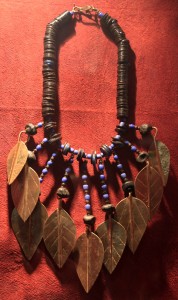
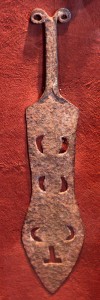
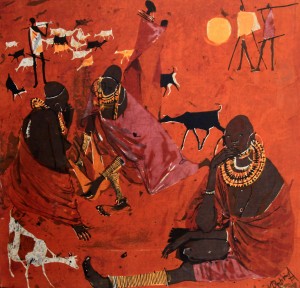
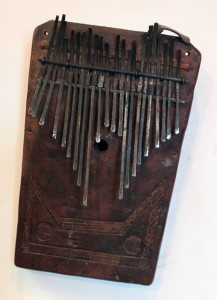
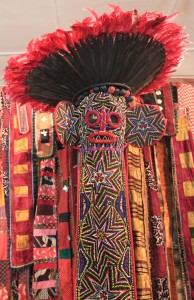

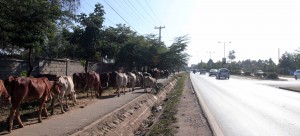
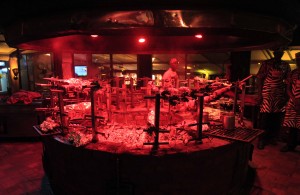
I walked past the University of Nairobi to the Fairmont Norfolk Hotel to have lunch. This hotel was built in 1904 and is one of the oldest buildings in Kenya (although it was remodeled in 2004); I was also told that when Karen Blixen first arrived in Nairobi, she stayed here. I sat outside, by the bar, for lunch and had a beef burger with fries and a White Cap Lager (a Ugandan beer, which was quite tasty). After lunch, I continued my walk south to the Nairobi Gallery, a small building that hosts a collection of art (mostly jewelry and handcrafts) and has a changing exhibit room (when I visited, it had paintings made by Kenyan artists, including one called the “Kenyan Chagall”, mostly on account of his use of pastel colors, I think); the gallery did have some old ceremonial tools such as daggers, bells, and musical instruments as well, but overall it didn’t have a whole lot given that the price was so similar to the price of admission for the National Museum (though I guess my money is helping to support the arts, which isn’t a bad thing. After visiting the gallery, I walked south to see the National Railway Museum, but could not find an entrance nor even a sign; so I walked past the rail yard and continued south, having to give that museum a miss (if it even still exists). At the first reputable place I came across, a restaurant, I checked to see if I could take a taxi to the Carnivore restaurant (a place recommended by the New Zealand woman), but after checking my position on my iPhone, I realized I didn’t need one; so I continued walking through the sun-seared Kenyan air, past Wilson Airport (the domestic airport), to the Carnivore, stopping twice for water and then juice. I finally reached the Carnivore at 17:00, and had to wait ninety minutes before they started serving food; so I had some beer and read some of Hemingway’s ‘Islands in the Stream’. Finally, at 18:40, I began my feast; I had plantain chips with a salsa dip, bread and butter, butternut soup, a garden salad, a potato with sour cream, ostrich meatballs, lamb sausage, slices of roast beef, lamb liver, rabbit, turkey, pork spareribs, crocodile, chicken breast, bull testicles, roast pork, a chicken wing, and roast lamb; there were also six sauces to use with specific meats, but I found the sauces to overpowering and preferred to taste the meat itself, although the fruit salsa did go well with the roast pork. Unfortunately, this restaurant no longer serves game meat due to a 2004 Kenyan law; in the past, it would’ve been possible to try farm-raised zebra or gazelle; oh well, I guess I’ll have to visit a game reserve, hunt these animals, and then cook their delicious meat myself in order to try them out; perhaps another day. After that incredible feast, I felt like Mr. Creosote, about to burst at any moment, and walked outside to take a taxi back to the lodge I was staying at. Once back at the lodge, I talked some with the New Zealand woman and then I went to bed.
